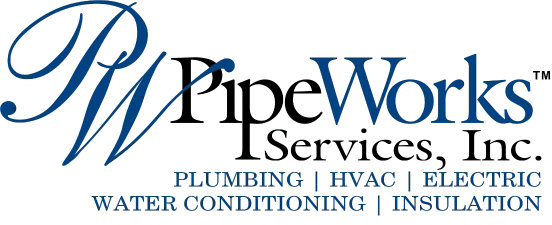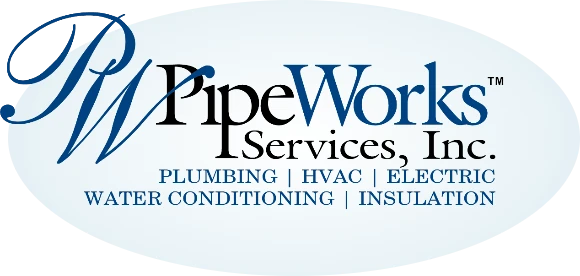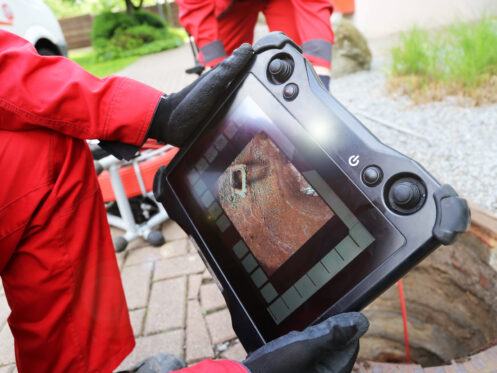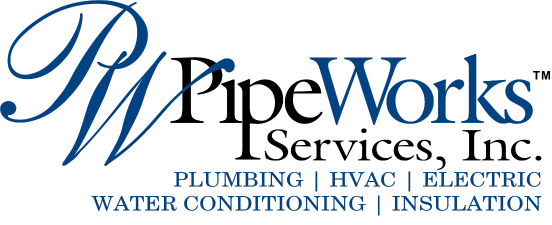Sewer line issues are among the worst of all plumbing problems and definitely something you want to avoid at all costs. Some sewer issues are fairly easy to spot, but they can also go undetected for a long time until your plumbing is suddenly unusable. Scheduling regular sewer line inspections is the best thing you can do to avoid major plumbing problems, and this guide will show you why inspections are so important and what benefits they can provide to your home.
Benefits of Annual Sewer Line Inspection
Regular sewer line inspections can potentially save you a huge amount of money in the future by minimizing the need for major sewer repairs or sewer line replacement. Replacing a sewer line is by far one of the most expensive plumbing projects and will usually set you back at least a few thousand dollars. Trenchless sewer replacement is sometimes possible, but there’s always a chance that you’ll need to have much of your yard dug up in order to replace the entire length of pipe.
If your sewer line has any cracks or is leaking, it is often possible to repair it using a method known as pipe lining without having to dig the pipe up. However, the damage will almost always worsen over time, which can lead to the pipe needing to be replaced if the pipe isn’t repaired promptly. This is why regular inspections are so essential as they allow you to detect any issues so you can have them repaired before the pipe completely gives out and needs to be replaced.
Regular inspections can also show you if the pipe is starting to clog or has tree roots growing inside it. This way you can get the pipe cleared before it completely clogs and you start having sewage backing up inside your house. Tree roots can be especially problematic as they will eventually prevent the pipe from draining. As the roots continue growing, they can also cause the pipe to completely break or rupture. Should this happen, your only option will be to replace the entire sewer line.
How Are Sewer Line Inspections Performed?
The only way to effectively inspect the condition of a sewer line is to use a remote CCTV camera. The plumber will insert the camera into the sewer line and then monitor the video feed to check for clogs, tree roots, cracks, leaks, etc. They will always check the part of the sewer line underneath the home up to where it meets the vertical plumbing stack in the basement or crawl space.
They will also check the upper and lower sewer laterals outside the home. The upper lateral extends from the home’s foundation out to the sidewalk, and the lower lateral runs underneath the street from the edge of the sidewalk to where it connects to the municipal sewer main. One thing many people are unaware of is that the lower sewer lateral is still the homeowner’s responsibility even though it is located on city property.
Inspecting a sewer line is usually much easier for homes built in the 1980s or later or for older homes that have had their sewer line replaced in the past 30 to 40 years or so. In these situations, the sewer line is typically made from PVC pipe, whereas older homes with original plumbing will usually have a clay or cast iron sewer line.
PVC sewer lines typically have one or two sewer cleanouts located somewhere in the front yard. Sewer cleanouts are short pieces of pipe that extend vertically from just above the ground level down to where they connect to the sewer line. They always have a cap on the top end of the pipe that a plumber can remove to easily access and inspect the sewer line.
Older homes that still have clay or cast iron sewer lines often don’t have sewer cleanouts, which makes accessing the sewer line much more difficult. Without a sewer cleanout, the plumber only has two options for accessing the sewer line if it needs to be inspected or cleaned. The first option is to remove a toilet and then feed the camera down the toilet drain, through the plumbing stack and then finally into the sewer line. The other option is to climb on the roof and go all the way down through the plumbing stack and into the sewer pipe.
It is always a good idea to have sewer cleanouts installed if your home doesn’t have them as this can save you lots of money and headaches in the future. PVC cleanouts can be installed onto clay and cast iron sewer lines as long as the pipe is still in good condition. The only issue is that any existing clay or cast iron pipes are almost certainly nearing the end of their life and will likely need to be replaced sooner rather than later. As such, you’re usually better off replacing the sewer line with PVC pipes and having cleanouts installed at the same time.
How Often Should You Have Your Sewer Line Inspected?
A sewer line inspection is something you should have done every year. While the inspection can be done at any time, we usually recommend having it done in the early fall before the holiday season. Sewer line clogs occur more often during the holidays than at any other time, and this is simply because many people have large gatherings over the holiday leading to their plumbing getting much more use than normal. Inspecting your sewer line before the holidays will greatly reduce the chances of it clogging since you can then have the line cleaned of tree roots, fat and partial clogs.
Signs You Need to Have Your Sewer Line Inspected
While annual sewer inspections are important, you should also monitor your plumbing throughout the year so you can more easily spot any issues. One sure sign that you need your sewer line inspected and cleaned is if all of your sinks and showers start draining slower than normal as this indicates the sewer pipe is partially clogged. A gurgling or bubbling noise coming from all of your plumbing fixtures can also indicate a clog. If only one fixture or the fixtures in one area of the home have these issues, the clog is likely somewhere inside the home. If every fixture is affected, you can be fairly certain the problem is related to the main sewer line outside.
Sewage backups are a sign that the sewer line is completely clogged, and this is something you need to get taken care of immediately. A fully blocked sewer line will always eventually result in a sewage backup. When the pipe is blocked, the waste has nowhere to go and will eventually start flowing back into the house and out of your floor drains, showers, etc.
A strong sewage smell in the yard outside your house is also a serious issue that typically indicates the sewer line is leaking. If the sewer line is leaking, you will also often notice that the grass around the pipe grows quicker and is lusher and greener than the other parts of your lawn. A leaky sewer pipe will also often make the ground in the surrounding area feel soft and spongy or constantly wet with pools of standing water. If you notice any of these issues, it is also essential that you schedule an inspection so you can get the pipe repaired or replaced. This is because sewer leaks can potentially cause major damage to your foundation or lead to sewage flooding the basement or crawl space.
Pipe Works Services is a full-service plumbing company, and we’ve been providing professional sewer services for more than 20 years. Our team specializes in sewer inspections, repairs and replacement as well as all other residential and commercial plumbing services. We can also handle all of your electrical, heating and air conditioning needs. Give us a call today to learn more about our sewer services in Chatham or to schedule an inspection.




